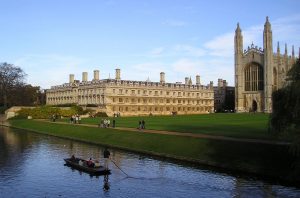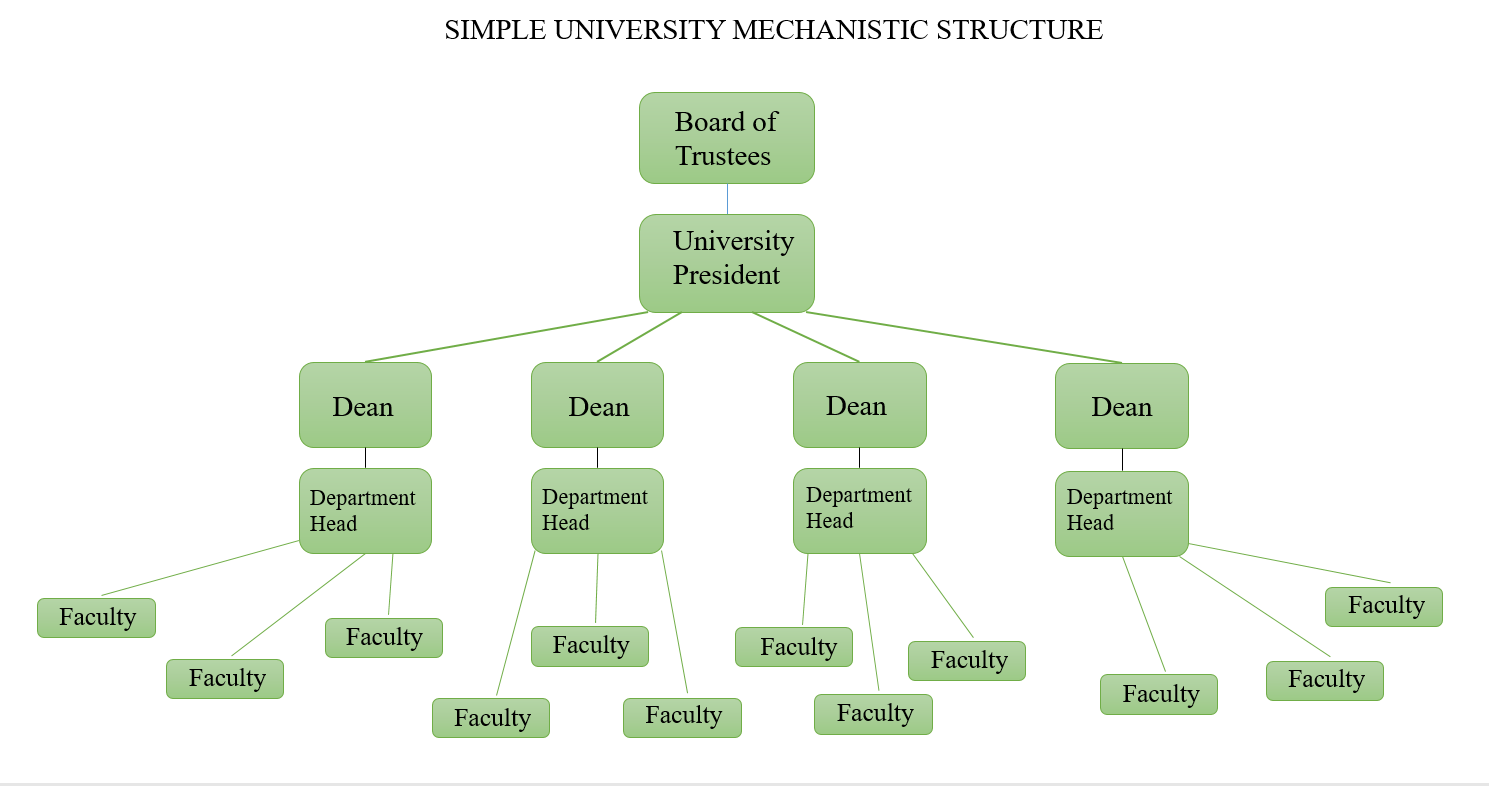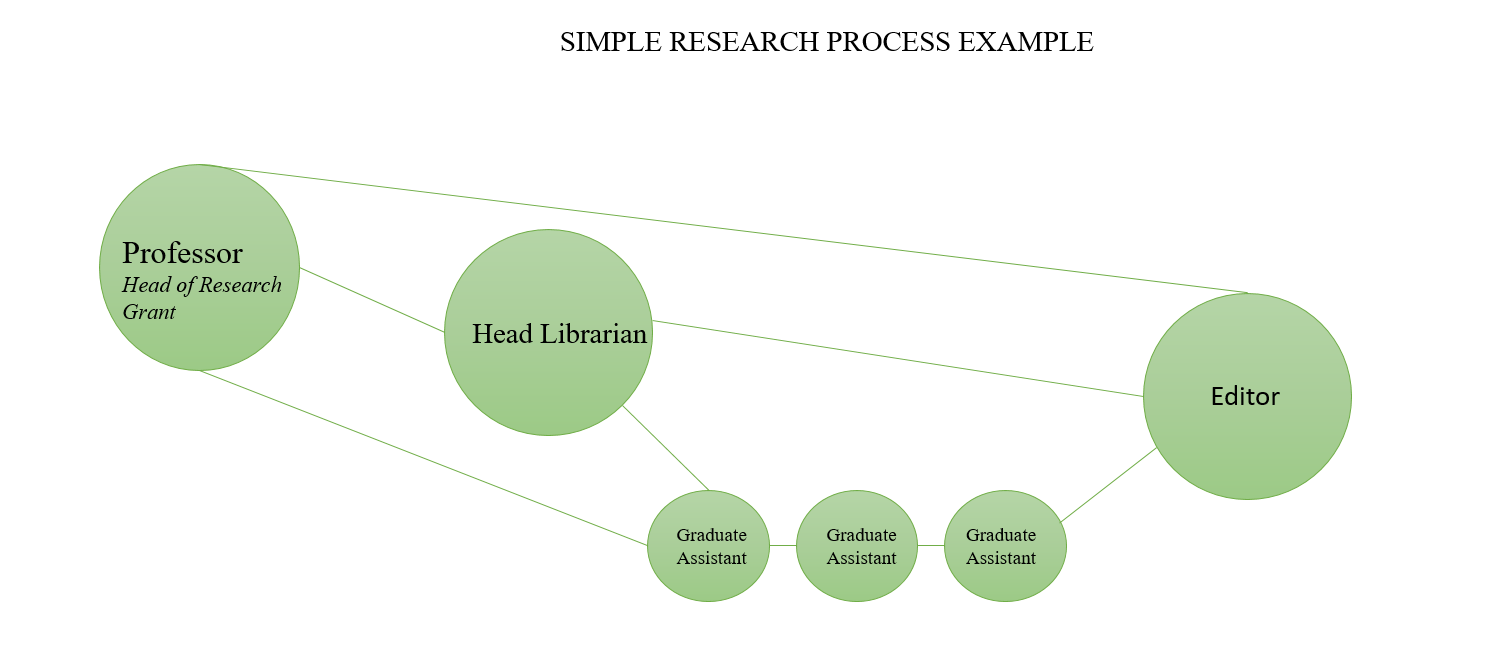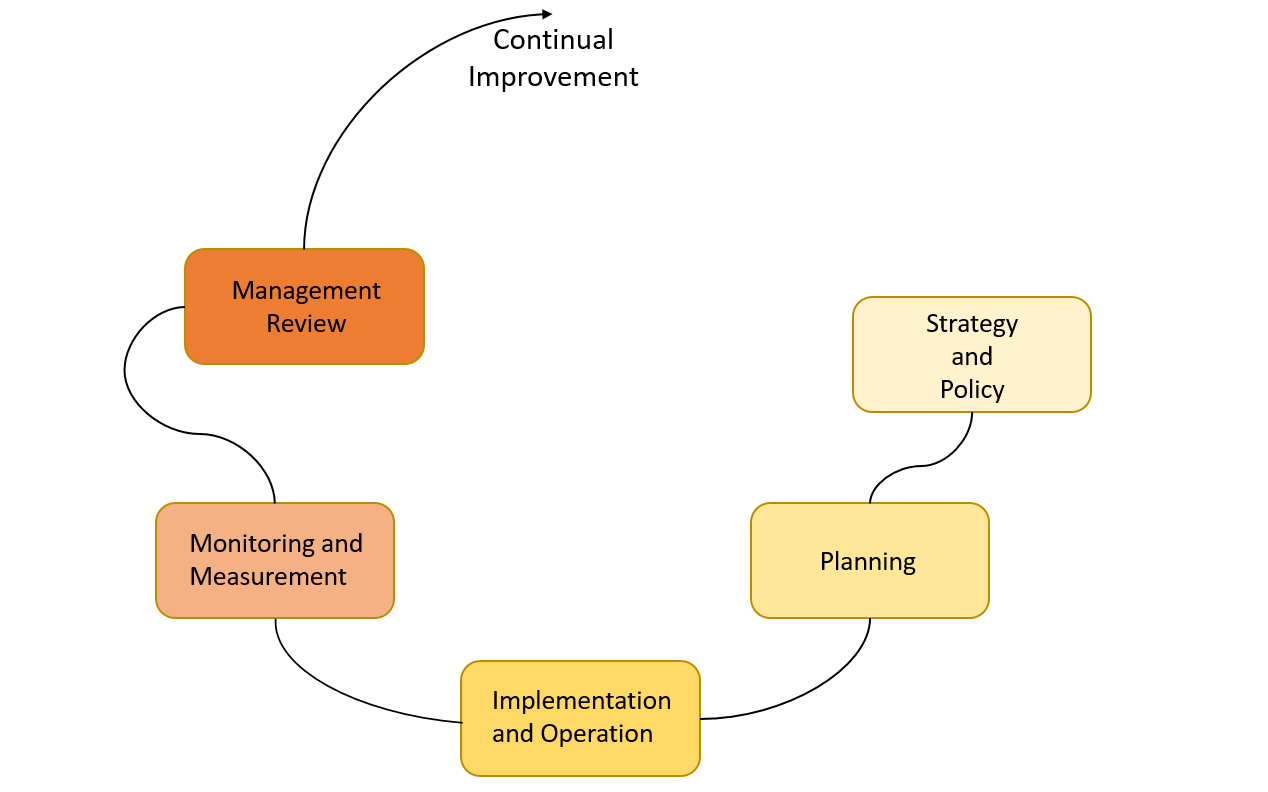1.2 What is a Learning Organization?

One of the most common ideas about a learning organization is that it only relates to institutions of higher learning. The focus may be on educational institutions, but a learning organization can be any establishment that fosters growth through learning, and continues to expand that growth in the future. Therefore, any operation that expands growth though learning from a small business to a Fortune-500 company, in theory, could be a learning organization. However, it would be irresponsible to leave out colleges, universities, and professional schools as main contributors in the field of education. The main concept of an institute of higher learning is that it creates and fosters knowledge passed on from professors to students. A learning organization is not strictly related to places of instruction; but associations of teaching comprise most of the characteristics of a learning organization.
Peter Senge, one of the most prominent researchers on learning organizations, describes it as a group of people who “continually expand their capacity to create the results they truly desire”[6]. Its role is to be an empowering tool not only within the walls of the building, but also outside in the community and in society. In theory, learning organizations should generate personal mastery and self-awareness within the individual. In addition, the learning organizations relate to developmental organizations which focuses all of its synergy and resources on enhancing the collective talents of its employees for the purpose of better serving customers in an efficient, effective manner. Developmental organizations have principles and outcomes that guide their direction.
| Guiding Principles of Developmental Organizations | Outcomes of Developmental Organizations |
|---|---|
|
|
How does a learning organization function? Most of them are similar classic businesses in relation to their overall make-up. Theorists Burns and Stalker[7], and later Emery and Trist[8], and also Mintzberg[9], have outlined two organizational structures: mechanistic and organic. Mechanistic organizations are predominantly run as a top-down hierarchy with formal rules and a narrow span of control. Organic organizations have more of a flat span of governance, with flexible rules and a participatory model of decision making. Figure 1 describes in more depth, the different characteristics of both organizational structures.
| Mechanistic
(Stable, low uncertainty environment) |
Organic
(Unstable, high uncertainty environment) |
|---|---|
| Top-down hierarchy | Less rigid, horizontal organization |
| Narrow span of control | Flexible, few rules |
| Specialized tasks | Two-way communication |
| Formal rules | Participatory decision-making |
| Vertical communication | Generalized shared tasks |
| Structured decision-making | Wide span of control |
Table: Mechanistic and Organic Organizations (Source: Copyright Rice University, OpenStax, under CC-BY 4.0 license)
Most learning organizations function within the first model of a mechanistic structure. Colleges, universities, and professional schools work in a top-down format, usually with a board of trustees, president, deans, department heads, and faculty (Figure 2). Although institutes of higher learning are continuously growing with regard to developing knowledge, most have maintained a business model that follows a strict set of guidelines and have a small span of control.

The structure in Figure 2 would be characteristically described as a formal structure which compliments a mechanical design. A formal organization is defined as a set of relationships and responsibilities set from upper management to subordinates[10]. On the other hand, there are organic organizations that could also find a place inside learning institutions on a smaller scale. When looking at a research project that has been accepted, such as a grant, an organic structure may be used to work through the research. We may have a professor at the head of the research process, with other professors joining as movement through the research advances. Using the organic structure follows the method of an informal organization. Informal organizations are emergent, complex, and run as a network of different individuals with evolving relationships[10]. Figure 3 shows a simple research process that illustrates the emergent, complex style; and how different entities interact.

One key factor of learning organizations is that regardless of the structure you have, all of them must have some form of departmentalization. This applies to different structures maintaining control of different departments (i.e. academics, human resources, marketing, residences, etc.), and represent unique structures that pertain to their specific sector[11]. Departmentalization is important when talking about how a learning organization functions. It is the efficient process of departments that collaborates as a whole to run a college, university, or professional school system.
Professor Gerald Kimani produced much information on higher educational institutes and how they run as places of learning. Kimani uses the term “educational organizations” and describes them as “individuals…in a specific place or institution whose purpose is to impart knowledge, skills and attitudes to students or pupils in order to achieve pre-determined educational objectives and goals”[12]. The major factors working within learning organizations are the acts of creating, implementing, and revising educational policy.
Educational policy is about creating, implementing, and revising factors of class size, teacher education, teaching methods, and curriculum. Kimani describes educational policy as the process of asking questions and seeking answers about the meaning of education inside of an institution[12]. This ties into the management of education with the planning, directing, controlling, and coordinating of a specific educational policy. The method of implementing an educational policy follows a scientific method of planning, implementing, monitoring, reviewing, and continual improving (Figure 4).

Review Questions
- What is the definition of learning organizations?
- What are the differences between a mechanistic and an organic organization?
- How would you define educational policy and describe its stages of development?
An organization that fosters growth and learning, and continues growth into the future.
Run as top-down hierarchies with formal rules and a narrow span of control.
Run as a flat span of governance with flexible rules and participatory model of decision making.
A set or relationships and responsibilities set from upper management to subordinates.
Run as a network of different individuals with evolving relationships
Different structures within an organization maintaining control of their specific structure.
Creation, implementation, and revision of educational factors such as class size, teacher education, teaching methods, and curriculum.

